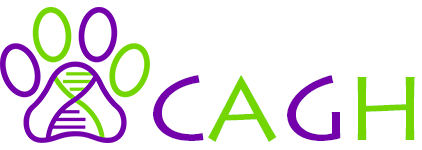A mutation in Olfactomedin-like 3 (OLFML3) is a candidate for severe goniodysgenesis and glaucoma in Border Collies
Goniodysgenesis is a developmental abnormality of the anterior chamber of the eye. It is generally considered to be congenital in dogs and has been associated with glaucoma and blindness. Goniodysgenesis and early-onset glaucoma emerged in the Border Collie breed in Australia in the late 1990s and has since been found in Europe and the USA. Read more about A mutation in Olfactomedin-like 3 (OLFML3) is a candidate for severe goniodysgenesis and glaucoma in Border Collies[…]
